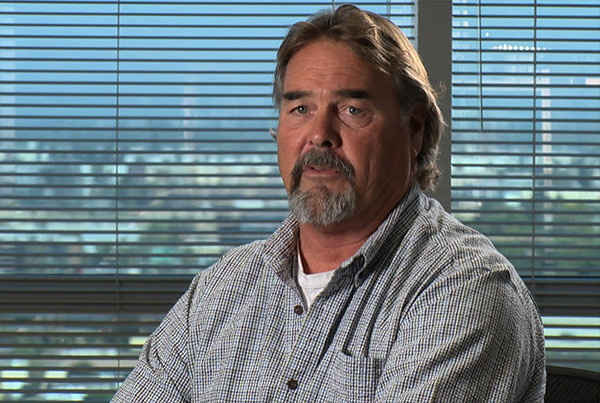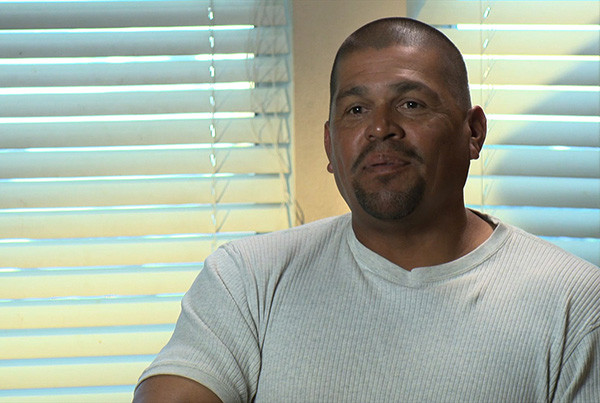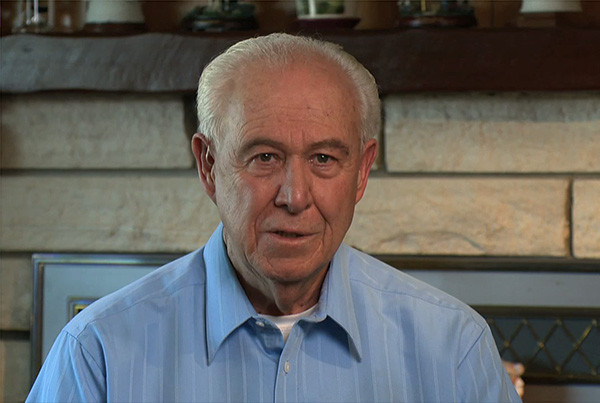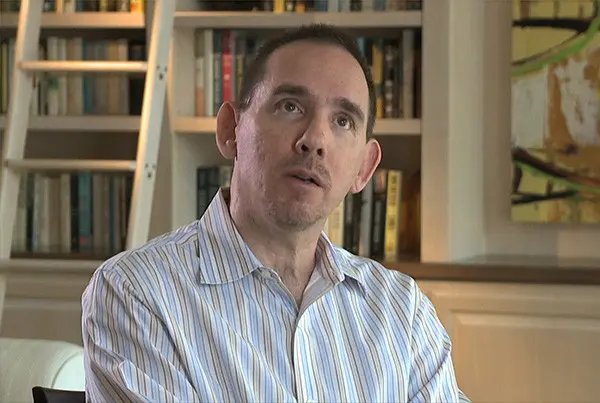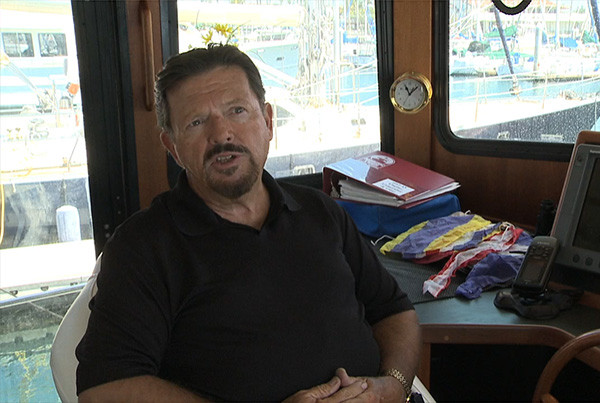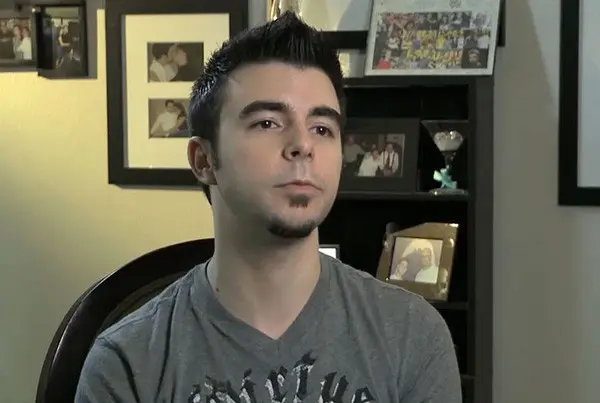Urethroplasty
Home > Urethral Stricture > Urethroplasty
- Conditions
-
- Intro & Anatomy of the Urethra
- Causes & Symptoms Of Urethral Strictures
- Urethral Stricture Diagnostic Evaluation
- Dilation, Urethrotomy, Stent
- Meatotomy & Urethrostomy
- Urethroplasty
- Urethral Stricture Treatment
- Bulbar Strictures
- Pelvic Fracture Urethral Injury
- Lichen Sclerosus – Balanitis Xerotica Obliterans – BXO
- Our Urethral Stricture Results
- Complications & Prevention Of Urethral Strictures
- Recurrent Urethral Strictures
Video Selections
What is a “Urethroplasty”?
A urethroplasty, also known as a urethral reconstruction, is an open surgery to repair a urethral stricture. Unlike urethral dilations or incisions of the stricture, urethroplasty surgery is an open operation with an incision of the skin and direct urethral stricture repair. In contrast, dilations and incisions are performed through the penis without any incision of the exterior skin. The nature of the procedure means that there are many things to consider before undergoing urethroplasty surgery.
How is a Urethroplasty Performed?
Many men who contact us regarding possibly undergoing a urethroplasty have questions about the potential cost of a urethroplasty and are also curious about what urethroplasty recovery is like. While these are definitely reasonable questions, it is very difficult to provide a concrete answer because it all depends on the circumstances surrounding the procedure. While some surgeries have just one definitive technique that will effectively resolve any and all issues, there are many operations that can be performed to cure urethral stricture disease. Which surgery will best repair the urethral stricture depends on the length and location of the stricture, as well as several other factors, especially if there has been failed treatment in the past. Many patients are not sure how long or exactly where their stricture is because they have not had a proper diagnostic evaluation prior to failed treatment at a different facility. That is why the first step when we see a new patient is always to make sure we accurately define the stricture.
After the completion of a thorough diagnostic evaluation, we will review all treatment options. If the best method for urethral stricture repair is urethroplasty surgery, we can then review the details and what is involved with that particular procedure. The following is a basic overview of some of the most common urethroplasty options. Additional information related to particular urethroplasty options can be found in separate sections, such as the pages on bulbar strictures, pelvic fracture urethral injuries, lichen sclerosus, and recurrent and complex strictures.
For shorter urethral strictures, treatment may involve surgery to remove the impacted segment of the urethra and re-attach the two normal ends. The urethra has some elasticity and ability to stretch, so if a short segment is removed, the ends can be brought together without any tension. This urethroplasty method is called excision and primary anastomosis, but also may be referred to as an anastomotic urethroplasty. This procedure is best suited for short strictures that are located deep in the urethra, more towards the prostate in the bulbar or membranous urethra. More information about anastomotic urethroplasty can be found in the sections on bulbar strictures and pelvic fracture urethral injuries.
While the urethra has the ability to stretch, this elasticity has limits. When the stricture is longer and a larger section of the urethra needs to be removed, the ends simply can’t be brought together. That is why it is so essential to first accurately define the length of the stricture, so that before beginning the surgery the urologist knows if the stricture is short enough to be amenable to anastomotic urethroplasty. If the stricture is too long and excision and primary anastomosis is not possible, tissue can be transferred to the urethra to augment and widen the narrow segment to a normal size. The area of narrowing or stenosis in the urethra is cut lengthwise and split completely open, so the tube becomes a strip. Then, tissue patch is added so that when the urethra is stitched back into a tube it will be wider. A variety of different types of tissue can be used to augment the urethra and make it wider, including penile skin and a graft of buccal mucosa (the skin inside the cheek).
When the above procedures are not an option, there are a few alternative urethral stricture repair methods. One such method is a two-stage repair where first a skin graft is placed along the undersurface of the penis, and later rolled into a new urethra (neo-urethra) during a second surgery. Ultimately, the urologist must make a choice as to which urethroplasty technique is best for each individual patient. A variety of factors go into the choice of repair technique, including the length and location of the stricture, the availability of local tissue, and other factors.
Urethroplasty Recovery
Urethroplasty recovery varies depending on the surgery method and other circumstances, but generally hospitalization does not exceed 1-5 days. Patients seldom have any significant pain or swelling in the penis or scrotum. However, if a graft is harvested from the lining of the inside of the cheek (a buccal mucosa graft), it is not uncommon for the mouth to be sore following the procedure. The pain slowly dissipates day by day, with pain medication given as needed.
There are no diet restrictions following urethroplasty surgery, and patients can immediately resume their normal eating habits after the surgery. However, patients who undergo buccal mucosa graft harvests generally prefer a soft diet initially, since the inside of their mouth may be sore. When patients are discharged, they are encouraged to remain inactive for several weeks to allow for proper urethroplasty recovery. Often, catheters remain in place for 2-3 weeks, with the catheter ultimately being removed after a voiding cystourethrogram (VCUG). This is when the bladder is filled with x-ray contrast, and then, as the patient voids, a film is taken. If the urethra is fully healed, the patient gets to leave the office “tube free” and resume normal urination. The vast majority of patients report a “night and day” difference in their urine stream, with many comparing their newly powerful stream to a fire hose!
Follow-up after Urethral Stricture Repair
Patients will return 4 months after surgery for a urethroscopy, which is a procedure that measures the size of the urethra under direct vision. We use a camera and a monitor so that our patients can see the inside of their urethra, allowing them to compare the appearance of their urethra to how it looked before surgery. If the urethra is has remained at a healthy width four months after surgery, this confirms that the surgery was a technical success and the patient will likely never have a problem with stricture disease in the future. However, late recurrences are possible, especially when the surgery is a “re-do” to repair a past failed treatment or if extensive tissue transfer is required. Patients with Lichen Sclerosis also known as Balanitis Xerotica Obliterans or BXO in particular are at risk for late recurrence. The possibility of a late recurrence means that patients should have an annual follow-up appointments with their Urologist indefinitely. During an annual assessment, the patient will be asked to identify any symptoms or problems. Then there will be a thorough examination, urinalysis, Uroflow assessment of flow rate, and an ultrasound check of post-void residual volume (the amount left in the bladder after urination). If there is any suggestion of a problem, further tests will be run to definitively evaluate the caliber of the urethra.

